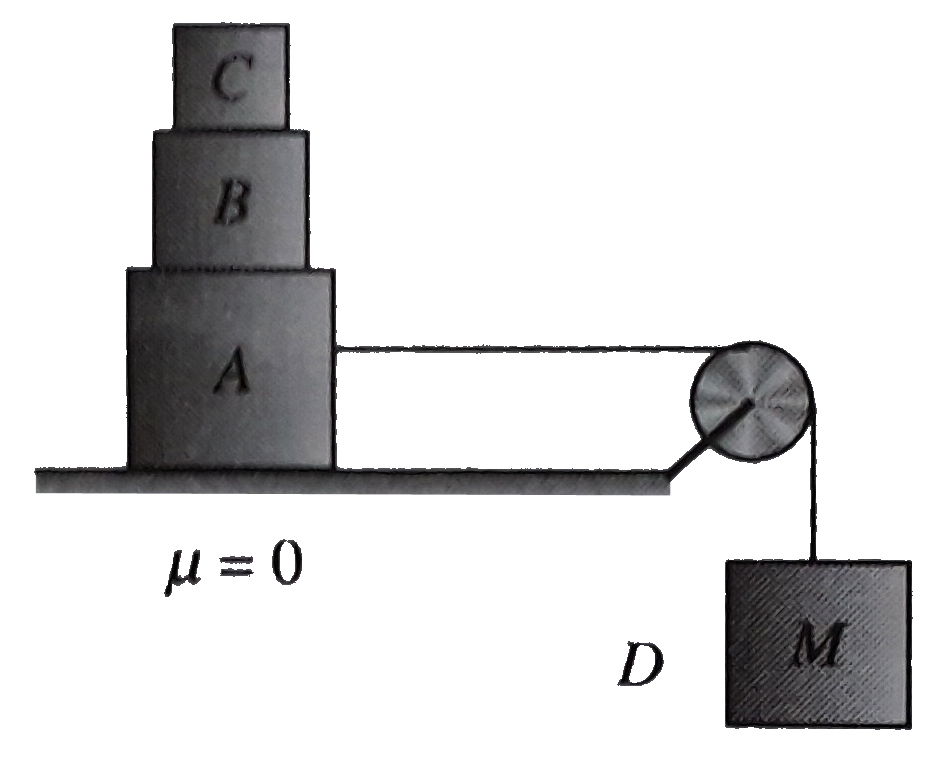For bottle cork, the latter is cut in such a way that lenticels appear
(a) vertically
(b) obliquely
(c) transversely
(d) blocked
vertically
obliquely
transversely
blocked
The correct Answer is:a
To solve the question regarding the orientation of lenticels in bottle cork, we can follow these steps:
1. Understand the Structure of Cork:
- The cork is formed from the periderm, which is a multilayered structure that replaces the cortex in dicot stems during secondary growth.
2. Identify the Role of Cambium:
- The cambium, also known as cork cambium or phellogen, is a meristematic tissue that undergoes periclinal divisions. This means it divides to produce new cells both inward and outward.
3. Formation of Cork and Secondary Cortex:
- The cells produced towards the outer side differentiate into cork (phelum), while those produced inward form the secondary cortex (phelloderm).
4. Lenticels Formation:
- Lenticels are small openings that facilitate gas exchange and are formed on the surface of the cork. Their orientation depends on how the cork is cut.
5. Determine the Correct Cutting Orientation:
- The question asks how the cork is cut to produce lenticels. Based on the understanding of cork structure and formation, lenticels appear when the cork is cut vertically.
6. Conclusion:
- Therefore, the correct answer to the question is (a) vertically.
Final Answer:
The correct option is (a) vertically.
---
- The cork is formed from the periderm, which is a multilayered structure that replaces the cortex in dicot stems during secondary growth.
- The cambium, also known as cork cambium or phellogen, is a meristematic tissue that undergoes periclinal divisions. This means it divides to produce new cells both inward and outward.
- The cells produced towards the outer side differentiate into cork (phelum), while those produced inward form the secondary cortex (phelloderm).
- Lenticels are small openings that facilitate gas exchange and are formed on the surface of the cork. Their orientation depends on how the cork is cut.
- The question asks how the cork is cut to produce lenticels. Based on the understanding of cork structure and formation, lenticels appear when the cork is cut vertically.
- Therefore, the correct answer to the question is (a) vertically.
The correct option is (a) vertically.
Topper's Solved these Questions
- ANATOMY OF PLANT PARTSBOOK - DINESH PUBLICATION ENGLISHCHAPTER - ANATOMY OF PLANT PARTSEXERCISE - CHECK YOUR GRASP
10 Videos
- ANATOMY OF PLANT PARTSBOOK - DINESH PUBLICATION ENGLISHCHAPTER - ANATOMY OF PLANT PARTSEXERCISE - BRAIN TEASERA -II
35 Videos
- AMPHIBIA-VERTEBRATES WITH DUAL LIFE BOOK - DINESH PUBLICATION ENGLISHCHAPTER - AMPHIBIA-VERTEBRATES WITH DUAL LIFE EXERCISE - check your grasp
11 Videos
- ANIMAL TYPES BOOK - DINESH PUBLICATION ENGLISHCHAPTER - ANIMAL TYPES EXERCISE - CHECK YOUR GRASP
15 Videos
Similar Questions
Which one of the following statements pertaining to plant structure is correct
(a) Cork lacks stomata but lenticels carry our transpiration
(b) Passage cells help in transfer of food from cortex to phloem
(c) Sieve tube elements possess cytoplasm but no nuclei
(d) The shoot apical meristem has a quiescent center.
View SolutionThe presence of lignin in a cell is a characteristic of
(a) Phloem
(b) Woody tissue
(c) All soft tissues
(d) Cork
View Solution
Knowledge Check
The waves produced by a motor boat sailing in water are : a) neither longitudinal nor transverse b) both longitudinal and transverse c) only longitudinal d) only transverse
Aneither longitudinal nor transverseBboth longitudinal and transverseConly longitudinalDonly transverse.The number of capital latters such as A,B,C,D….. which are not latterally inverted by a plane mirror ?
A6B7C11D13
Virus-mediated transfer of DNA from one bacterium to another is called
(a) transduction
(b) transformation
(c) transversion
(d) translation
View SolutionOuter layer of bark is
(a) epidermis
(b) rhytidome
(c) phelloderm
(d) lenticel
View SolutionOblique ovary is found in
(a) Liliaceae
(b) Solanaceae
(c) Asteraceae
(d) Poaceae
View SolutionThe points (−a,−b),(a,b),(a2,ab) are (a) vertices of an equilateral triangle (b) vertices of a right angled triangle (c) vertices of an isosceles triangle (d) collinear
View SolutionTentacles of Hydra appear to be
(a) 12
(b) 15
(c) 8
(d) 14
View SolutionThere block A B ,and C of equal mass m are placed one over the other on a frictionless surface (table) as shown in figure The coefficient of friction between any blocks A ,B and C is μ The maximum value of mass of block D so that the blocks A,B and C move without slipping over each other is

View Solution
